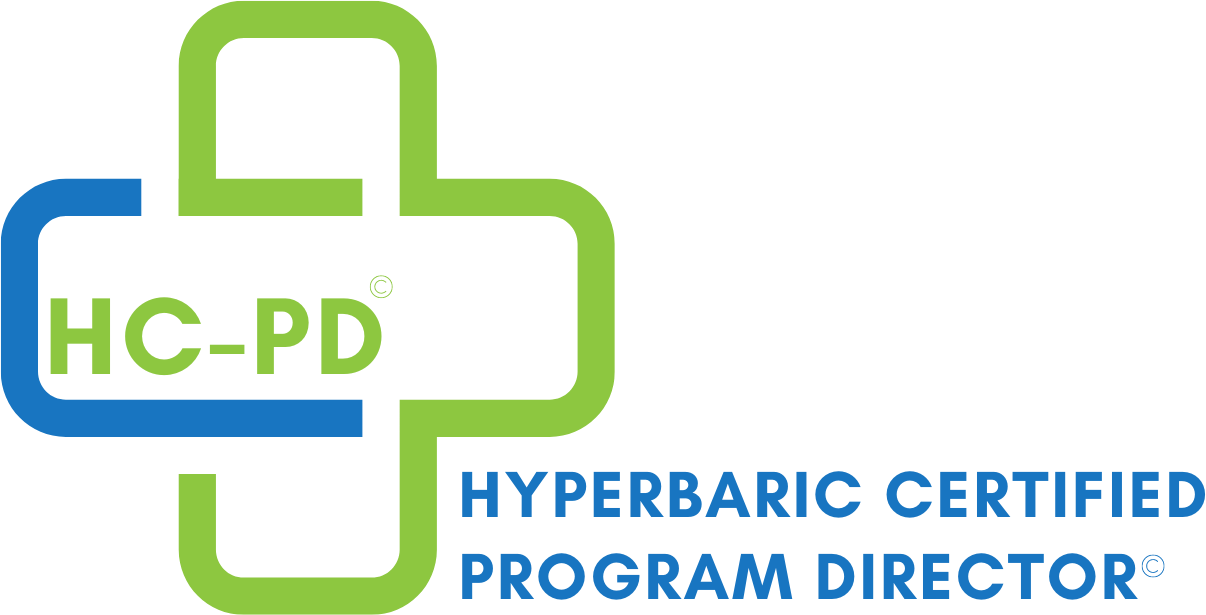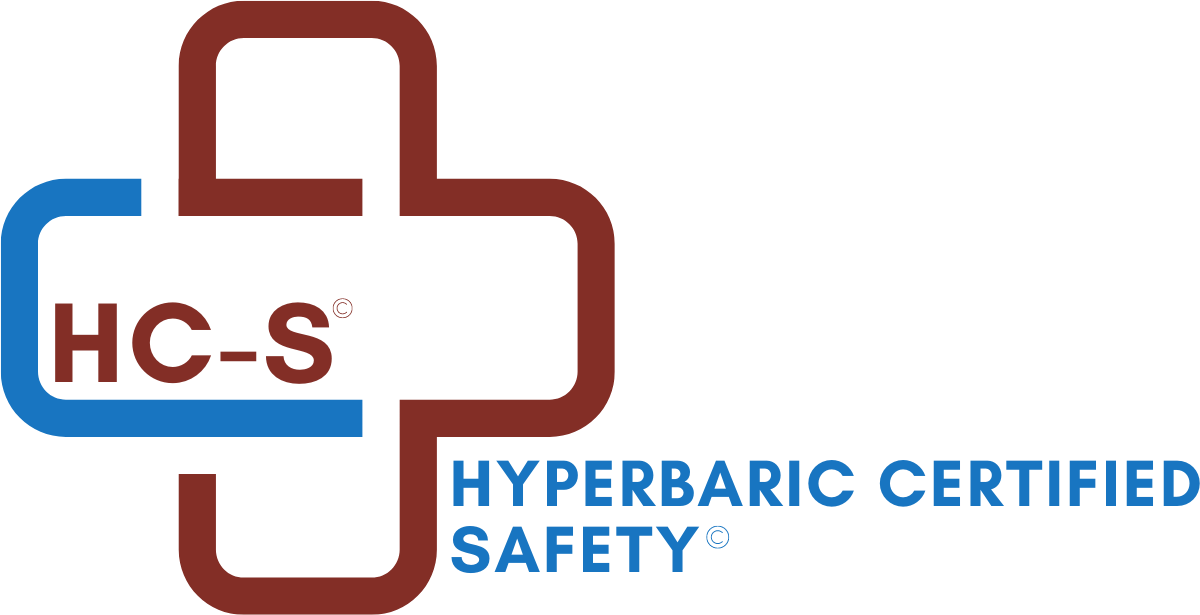Rx Pad
An Introduction to Carbon Monoxide
Carbon monoxide is a colorless, tasteless, and odorless gas. It is one of the leading causes of injury and death worldwide. Based on death certificate data, mortality from unintentional, non-fire-related carbon monoxide exposures results in an average of 439 deaths each year in the United States. However, with improved data collection through the Center for Disease Control, estimates may be closer to 2,000 deaths per year. In 2014, the National Poison Data System listed gases/fumes/vapors as the leading cause of death in children five years old or less. Furthermore, carbon monoxide poisoning results in more than 200,000 emergency department visits per year and more than 20,000 hospital admissions.
Carbon monoxide (CO) originates from incomplete combustion of carbon-containing materials. Common external exposure sources include house fires, automobile exhaust, ice resurfacing machines, furnaces, burning of charcoal, wood, and natural gas for heating or cooking, propane-powered equipment, and methylene chloride paint stripper.
Another major source of CO is cigarette smoking. Average carboxyhemoglobin levels (COHb) of 3 .0%–7 .7% are found in heavy cigarette smokers, compared to 1 .3%–2 .0% in nonsmokers.
Carbon monoxide poisoning can occur occupationally (i.e. firefighters, ice resurfacing machine or forklift operators), unintentionally, and as a means of suicide. The incidence of carbon monoxide poisoning increases during power outages caused by natural disasters. Interestingly, since the introduction of the Clean Air Act in 1970, the mortality rate from motor vehicle–related CO poisoning has declined. Carbon monoxide is also produced endogenously through the degradation of hemoglobin by heme oxidase, resulting in detectable carboxyhemoglobin levels in nonexposed individuals.
In industry, the major factor for carbon monoxide exposure is inadequate ventilation where propane-powered vehicles are used. Exposures from forklifts and ice resurfacing machines have been reported. Other work environments that produce large amounts of CO, and therefore heighten the risk of poisoning, are the steel industry, due to coke ovens, and the paint industry, in which inhaled methylene chloride (dichloromethane) is metabolized to CO by the liver. Firefighters and other first responders are also at increased risk for CO poisoning from smoke inhalation and from entering environments with elevated CO levels unknowingly.
Men have higher rates of death from carbon monoxide poisoning, presumably due to higher risk behaviors and environments. The elderly (age ≥ 65) are also at increased risk for death from CO poisoning as they are more likely to dismiss symptoms as being caused by underlying medical conditions more prevalent in this population.
Women and children, however, are more likely to be exposed to carbon monoxide, and most exposures occur in the winter months (November to February).
Source Reference: Excerpted from Hyperbaric Medicine Practice 4th Edition with permission from the publisher. Reference Chapter 13, Carbon Monoxide by Jillian Theobald
Learn More
Are you seeking basic training in hyperbaric medicine? Our UHMS and NBDHMT approved 40-hour Introduction to Hyperbaric Medicine training course will teach you and your team the key fundamental elements and concepts in practicing hyperbaric medicine safely and effectively. Find your course today! https://www.woundeducationpartners.com/live-courses/hbo-courses.html
Carbon monoxide is a colorless, tasteless, and odorless gas. It is one of the leading causes of injury and death worldwide. Based on death certificate data, mortality from unintentional, non-fire-related carbon monoxide exposures results in an average of 439 deaths each year in the United States. However, with improved data collection through the Center for Disease Control, estimates may be closer to 2,000 deaths per year. In 2014, the National Poison Data System listed gases/fumes/vapors as the leading cause of death in children five years old or less. Furthermore, carbon monoxide poisoning results in more than 200,000 emergency department visits per year and more than 20,000 hospital admissions.
Carbon monoxide (CO) originates from incomplete combustion of carbon-containing materials. Common external exposure sources include house fires, automobile exhaust, ice resurfacing machines, furnaces, burning of charcoal, wood, and natural gas for heating or cooking, propane-powered equipment, and methylene chloride paint stripper.
Another major source of CO is cigarette smoking. Average carboxyhemoglobin levels (COHb) of 3 .0%–7 .7% are found in heavy cigarette smokers, compared to 1 .3%–2 .0% in nonsmokers.
Carbon monoxide poisoning can occur occupationally (i.e. firefighters, ice resurfacing machine or forklift operators), unintentionally, and as a means of suicide. The incidence of carbon monoxide poisoning increases during power outages caused by natural disasters. Interestingly, since the introduction of the Clean Air Act in 1970, the mortality rate from motor vehicle–related CO poisoning has declined. Carbon monoxide is also produced endogenously through the degradation of hemoglobin by heme oxidase, resulting in detectable carboxyhemoglobin levels in nonexposed individuals.
In industry, the major factor for carbon monoxide exposure is inadequate ventilation where propane-powered vehicles are used. Exposures from forklifts and ice resurfacing machines have been reported. Other work environments that produce large amounts of CO, and therefore heighten the risk of poisoning, are the steel industry, due to coke ovens, and the paint industry, in which inhaled methylene chloride (dichloromethane) is metabolized to CO by the liver. Firefighters and other first responders are also at increased risk for CO poisoning from smoke inhalation and from entering environments with elevated CO levels unknowingly.
Men have higher rates of death from carbon monoxide poisoning, presumably due to higher risk behaviors and environments. The elderly (age ≥ 65) are also at increased risk for death from CO poisoning as they are more likely to dismiss symptoms as being caused by underlying medical conditions more prevalent in this population.
Women and children, however, are more likely to be exposed to carbon monoxide, and most exposures occur in the winter months (November to February).
Source Reference: Excerpted from Hyperbaric Medicine Practice 4th Edition with permission from the publisher. Reference Chapter 13, Carbon Monoxide by Jillian Theobald
Learn More
Are you seeking basic training in hyperbaric medicine? Our UHMS and NBDHMT approved 40-hour Introduction to Hyperbaric Medicine training course will teach you and your team the key fundamental elements and concepts in practicing hyperbaric medicine safely and effectively. Find your course today! https://www.woundeducationpartners.com/live-courses/hbo-courses.html
When you subscribe to the blog, we will send you an e-mail when there are new updates on the site so you wouldn't miss them.



Comments